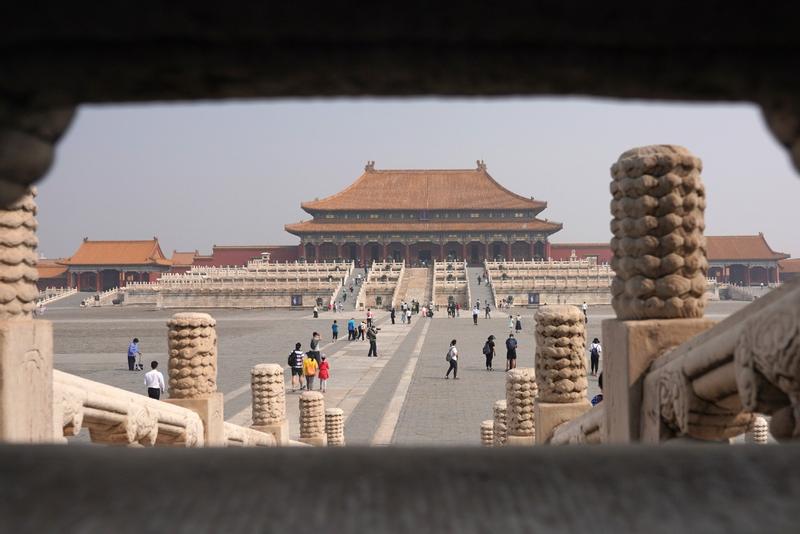 This undated photo shows the Palace Museum. (PHOTO / XINHUA)
This undated photo shows the Palace Museum. (PHOTO / XINHUA)
A long-anticipated exhibition marking one of the most renowned poets and calligraphers in Chinese history opens to the public on Tuesday in Beijing's Palace Museum, China's imperial palace from 1420 to 1911.
Su Shi (1037-1101), also known as Su Dongpo, who lived during the Song Dynasty (960-1279), is a household name in China
Man of Infinite Refinement: Special Exhibition on the Paintings and Calligraphy of Su Shi in the Palace Museum Collection will run until Oct 30 in the Hall of Literary Brilliance.
It will be the first exhibition in the Palace Museum, also known as the Forbidden City, since the start of the COVID-19 pandemic.
Su Shi (1037-1101), also known as Su Dongpo, who lived during the Song Dynasty (960-1279), is a household name in China.
ALSO READ: Palace Museum is a wonderland for the imagination
The 78 works on display are either by Su, his teachers and close friends or were created in later eras by calligraphers and painters to pay tribute to Su.
According to Yu Wentao, a researcher of calligraphy and paintings at the Palace Museum, the quality and diversity of works related to Su at this exhibition are incomparable.
"It's rare to showcase most of our collections on Su Shi at one time," Yu said during a news conference on Monday about the exhibition. "And many of them have not been publicly displayed since the founding of New China in 1949."
Su is often reputed as a cultural icon for his versatility and his prolific career as a polymath. He is honored as one of the eight most outstanding essayists from the Tang (618-907) and Song dynasties. He is also regarded as one of the four leading calligraphers of the Song Dynasty, and is noted for his contribution to fine art theories, gastronomy, horticulture and pharmacology.
"As a calligrapher, he was very capable in learning from his predecessors, but he was also creative and did not dogmatically copy their styles," Yu told China Daily.
"He represented the spirit of Chinese intellectuals of his day," he said. "Through the exhibits, you can see his life through evolving artistic styles."
Some exhibits are letters written by Su and his friends such as Huang Tingjian, who was also a prominent writer of that era.
"In terms of culture, Su Shi's epoch was full of shining stars," said Ren Wanping, deputy director of the Palace Museum and curator of the exhibition. "Their elegant taste had a far-reaching influence on Chinese aesthetics."
Due to their cultural significance, these works were chosen to be displayed in this special exhibition, which celebrates the 600th anniversary of the Forbidden City and the 95th anniversary of the Palace Museum.
According to Ren, the display was originally planned to include key artifacts on Su from other major museums, but the COVID-19 pandemic interfered with these arrangements. Apart from two exhibits on loan from the Tianjin Museum, all the rest are from the collection of the Palace Museum.
To fill the gap, curators searched through the Palace Museum's warehouses to find items belonging to several emperors that paid tribute to Su.
These include inkstones and jade items carved with paragraphs from the Former Ode on the Red Cliffs, Su's most famous piece of writing, which describes a trip on the Yangtze River.
In December, the Palace Museum revealed a long list of planned exhibitions to mark its anniversary. For example, the 10th-century painting Night Revels of Han Xizai, a milestone in Chinese fine art history, had been scheduled to make a rare public appearance.
READ MORE: Palace Museum to launch cat-themed cartoon books
However, Wang Yuegong, another deputy director of the Palace Museum, said at Monday's news conference that it would not be exhibited this year due to the influence of the pandemic on organizing the event.
"We will wait for the appropriate occasion in 2021 or 2022," he said. "Its appearance will be delayed, but our promise cannot be broken."


